Top Tier CPU Air Coolers Q3 2015: 9-Way Roundup Review
by E. Fylladitakis on July 6, 2015 8:00 AM ESTThe Thermalright Macho Zero
Being one of the oldest and most reputable manufacturers of advanced cooling solutions, Thermalright does not really need much of an introduction in such a review. Ever since 2001, Thermalright is totally focused on designing and producing cooling solutions for PC components, with the mere exception of a heatsink for the XBOX 360. The company greatly surprised us with their submission for this review. With this being a roundup review of top performance coolers, almost anyone would expect to see the Silverarrow or HR-22 (or a Copper TRUE? - Ian). However, Thermalright submitted the Macho Zero - a cooler optimized for passive performance and low airflow environments!
Thermalright supplies the Macho Zero in a very plain black cardboard box, with just a schematic of the cooler printed on it. Inside the box, the cooler is very well protected inside thick polyethylene foam pieces. Note that the Macho Zero is not supplied with a fan. For the means of this review, Thermalright supplied us with a single TY-147A 140 mm fan.
The bundle of the Macho Zero is the most thorough of this review. Thermalright nickel-plated the screws and retention plates necessary for the mounting of the cooler, supplies a tube of quality "Chill Factor III" thermal paste, anti-vibration rubber pads and wire clips for one cooling fan, provides a full size magnetic 150 mm shank Philips PH2 screwdriver and even gloves for the installation of the cooler.
Although the Macho Zero is primarily optimized for semi-passive cooling, meaning that it has been designed to make use of the airflow generated by the fans of the case, it is possible to install any 120 mm or 140 mm fan on it. For the means of this review, the cooler had to be in active configuration, therefore Thermalright supplied us with a TY147A 140 mm fan. The white bladed fan with the rounded frame is a model designed for efficient airflow and low-noise operation. This means that the fan is optimized for low impedance applications, such as to replace case fans. Normally, that would make it mediocre for a very dense cooler, but that is not the case with the Macho Zero. It has a maximum rotational speed of 1300 RPM and an "enhanced hyper-flow bearing", for which we could not find specific information about, but it definitely is a form of fluid sleeve-type mechanism.
The Macho Zero is an imposing, large single tower CPU cooler. Its fins are almost perfectly rectangular, with many openings across their great surface. There are not too many fins though, as the spacing between them is very large in comparison to other coolers. This has been done to optimize this cooler for very low airflow environments and greatly lowers its airflow impedance. For aesthetic purposes, Thermalright painted the top fin black, yet it does not cover the heatpipe endings. There is a fairly large hole near the rear side of the fins, meant for the screwdriver to go through for the mounting of the cooler. Note that for the mounting of this cooler, the front fan (if present) needs to be removed as well.
Typically, the Macho Zero is designed for use without a fan. An optional fan can be used of course, but remember that high airflow / low pressure options are likely to be far more effective than high pressure fans. The provided wire clips are an excellent fit for 140 mm fans with rounded frames, yet their configuration does not allow the adjustment of the fan's height. It would be wise to check the mechanical specifications of the cooler and make sure that the installation of a fan does not restrict the installation of RAM modules in slots that need to be used.
The base of the Macho Zero is of notable importance. The copper base is rectangular and wide to provide full contact with Haswell-E processors, with six 6 mm heatpipes going through it. The heatpipes are split into two groups, with heatpipes 1-3-5 expanding near the rear of the heatsink and heatpipes 2-4-6 near the front. This approach allows the localized generation of a heavy thermal load to be split across the surface of the fins. Everything is nickel plated and the contact surface is treated to a perfect mirror finish.


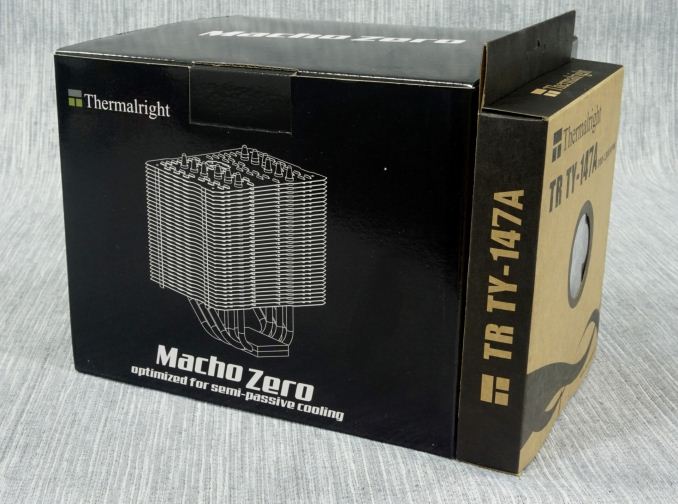
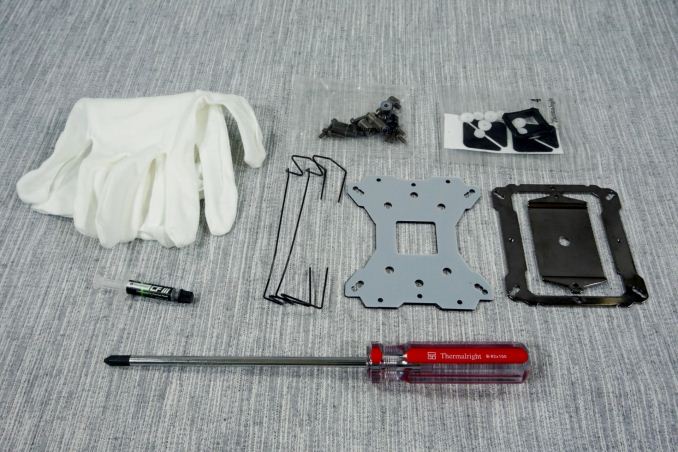
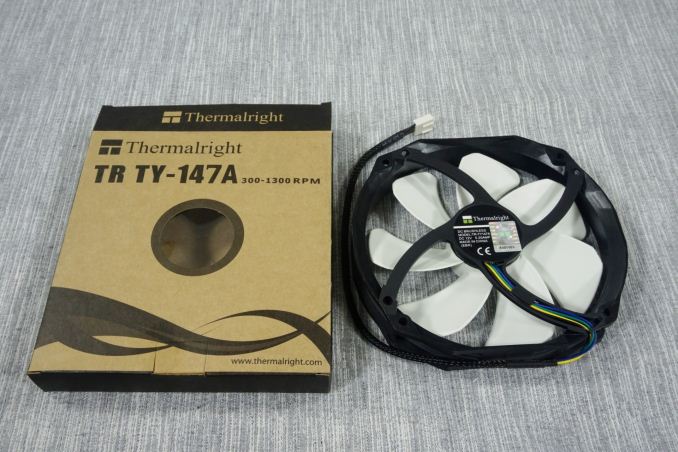
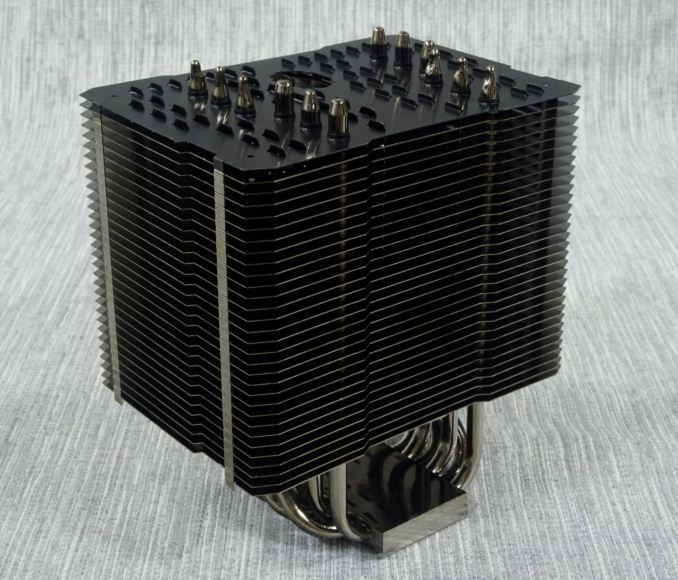
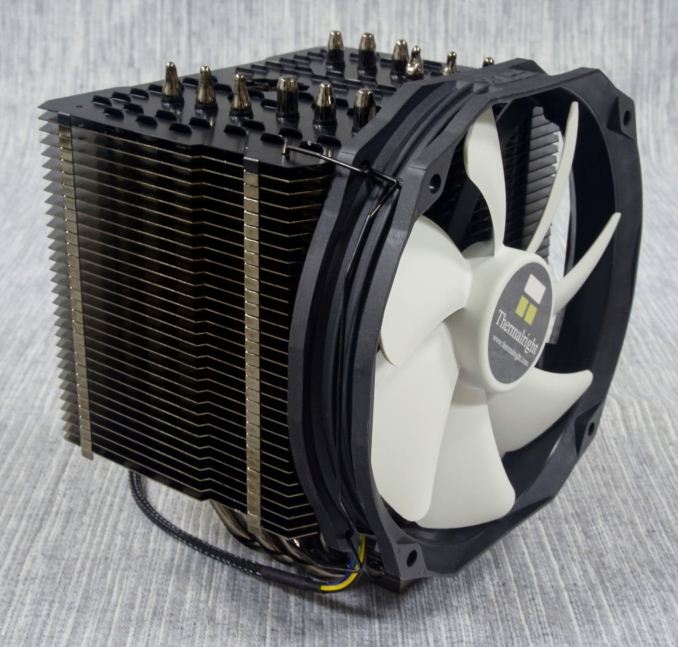
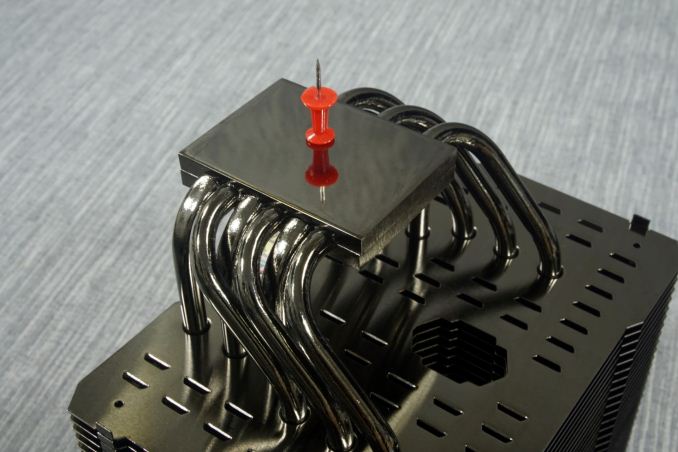








135 Comments
View All Comments
mr_tawan - Monday, July 6, 2015 - link
Used to have 212+ once. Later I swapped out for a cheap closed-loop. Though the CPU temp is a few C lower, the closed-loop was much louder than the 212+ (due the the 'pump whine').Years later I upgrade the rig to a Core i5, which is not really that hot, and I'm not interested in overclocking anymore (being more mature I guess).
I find the 212 is pretty good for its price. It's a great entry-level cooler for those who want to upgrade. I also think that it could serve well as a baseline for the comparision.
zodiacfml - Monday, July 6, 2015 - link
I didn't know that overclocking enthusiast would prefer a lower performing heatsink instead of the best available. The reason is simple; CPUs consume less power throughout the years even with continuous but non synthetic workloads including gaming.Many years ago, I was a fan of watercooling then big-air heatsinks then not anymore. It is just not logical anymore as they are more expensive, larger, and cumbersome.
kmmatney - Monday, July 6, 2015 - link
To me, the whole point of overclocking is to get a better cpu than what you paid for. So overpaying for a heat sink doesn't make sense - the whole point is to get the best possible performance, while spending the least amount of money. At least that is what overclocking means to me, and I'm sure a lot of other people as well.Ian Cutress - Monday, July 6, 2015 - link
That's usually how most people start with overclocking. For others, it's getting the best performance regardless. That's why people still that the i7-K and push it, rather than a Pentium-K and tweak it.kmmatney - Monday, July 6, 2015 - link
I bought my Hyper 212 for $19.99 - a much bigger savings than $10. It does the job, and in the end my overclock was not limited by temperature, but by the CPU itself. A more expensive heatsink wouldn't gain me anything.aj654987 - Wednesday, July 8, 2015 - link
What are you even talking about. The 212 is $35 and half the cost of many of these heatsinks. Its been the gold standard for years, if you only get another 1 C out of a HSF that cost double then its not worth it.CummingsSM - Thursday, July 9, 2015 - link
Yep. You save $9.99 and then this happens: https://i.imgur.com/COC5qW9.jpg(In case someone is wondering: No, I didn't over-torque it, the bolt got caught in the back-plate and sheared under the power of a screwdriver lightly applied; And yes, that bolt is hollow; And yes, that is the mounting hardware from a CM 212 EVO; And yes, I'm done buying CM products.)
LittleLeo - Thursday, July 9, 2015 - link
Or a Beer and a bag of chipstabascosauz - Monday, July 6, 2015 - link
Are you kidding me? Intel's CPUs might be efficient compared to AMD's, but there is hardly a valid reason to dismiss the dual-tower crowd. Intel's CPUs are hotter than they have been in years, thermal performance having declined steadily since Sandy Bridge due to sh*ttier and sh*ttier TIM and other reasons.rickon66 - Monday, July 6, 2015 - link
Regarding the CM 212+/EVO -They did not want to show a $25 cooler that beat the expensive guys.